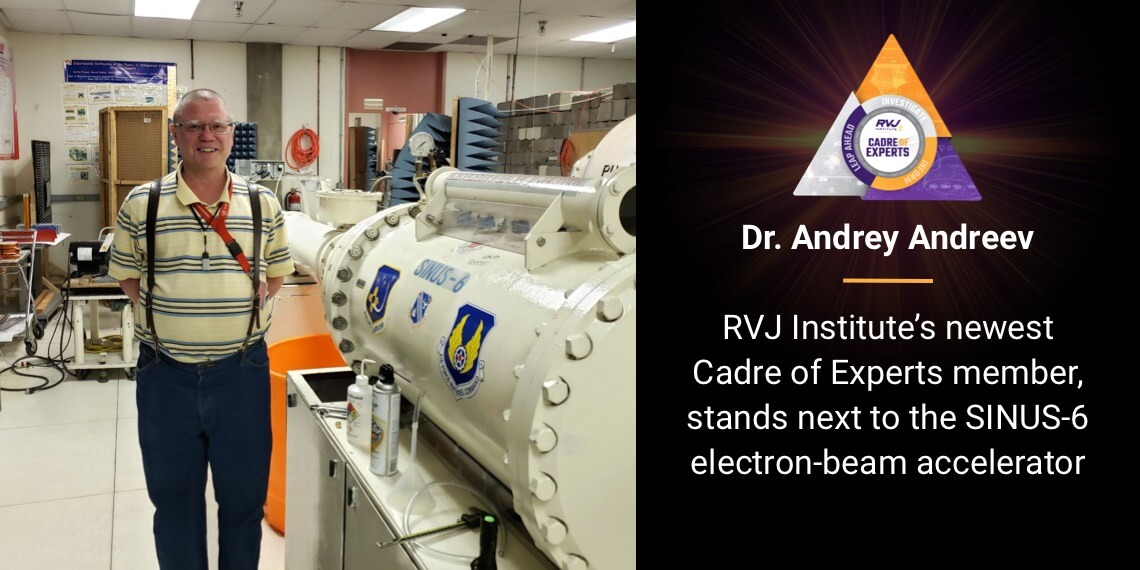The main goal of High-Power Microwave (HPM) Directed-Energy Weapons (DEWs) is to wield an electromagnetic attack (EA) on a target that results in either a soft- or hard-kill of the target’s electronic circuits and components. The scenario of an EA may be seen as a sequence of three major operations performed in time: (i) HPM generation and radiation into free space, (ii) HPM propagation in free space toward a target, and (iii) HPM interaction with a target and subsequent penetration of the target’s electronic components. Simulations of HPM DEWs, which might be mostly done as computer simulations, allows the user to predict either (i) the extent of the damage to the target’s electronic circuits and components, defined as the probability of its electronic upset, Pe, given the known set of input parameters defining HPM system operation, or (ii) output parameters of an HPM system, such as output HPM power, P0, given the known extent of the damage to the electronic components of a target. The former simulations may be called “direct” computer simulations, and the latter ones may be termed as “reverse” computer simulations of HPM DEWs. Reverse simulations will give the user statistically predicted HPM output power, P0, after assessing the damage to the target’s electronic circuits and components. Reverse simulations would also be useful for predicting other important HPM output parameters such as frequency, pulse duration, pulse repetition frequency (PRF), etc., given required or designated damage values.





0 Comments